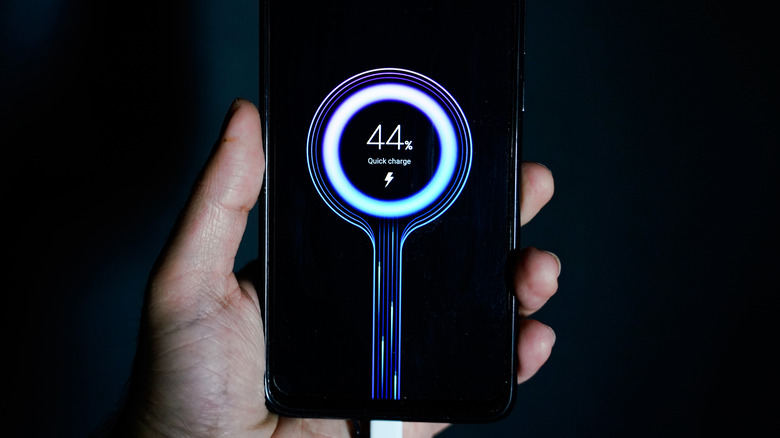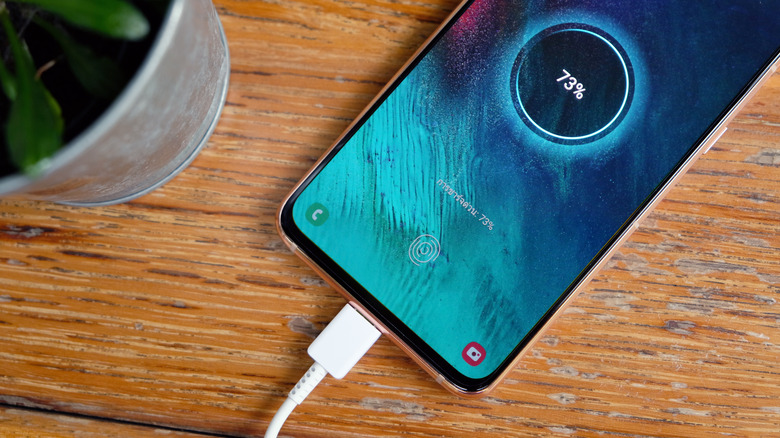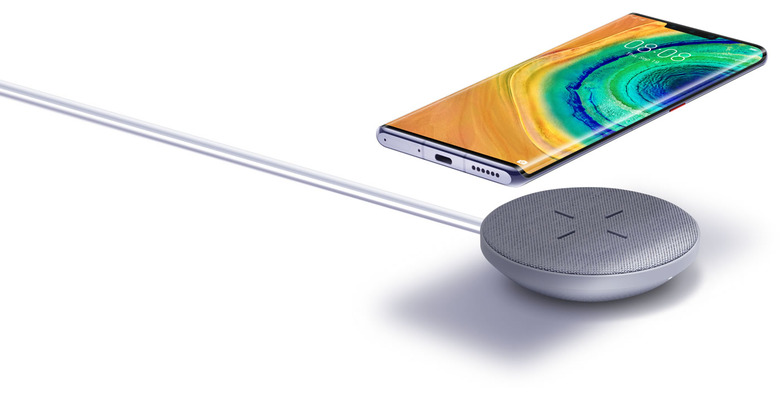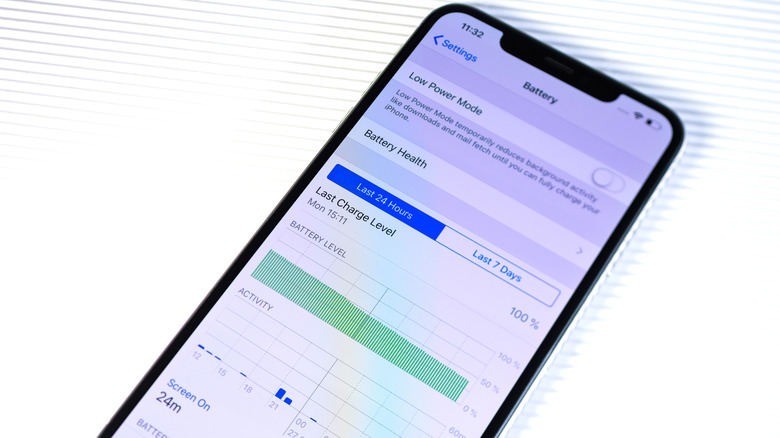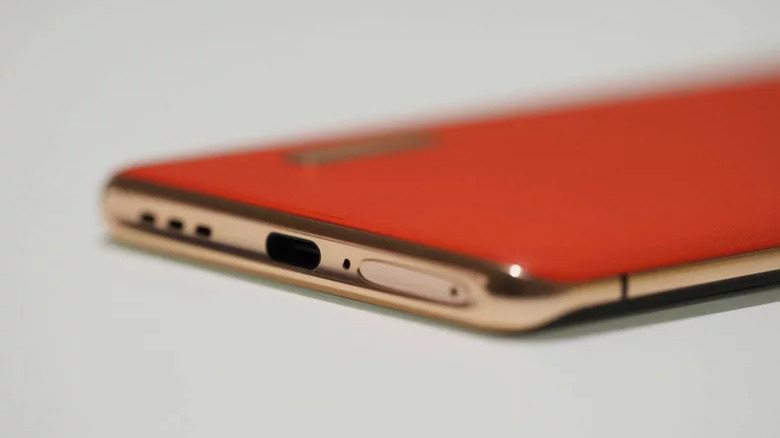Smartphone Fast Charging Technology - Myths And Facts
Smartphones today are marketed with a very important feature that promises lightning fast charging speeds compared to the older generation phones. The battery charging technology that phone makers rely on for delivering quick charge to the devices is based on Programmable Power Supply (PPS) and USB Power Delivery (USB-PD) 3.0 standards. These technologies deliver power at the right amount of voltage and current to minimize battery degradation issues.
There are three stages at which the fast charging occurs. First, there is the Constant Current stage where the constant power is delivered to the phone, then there is a saturation phase when the voltage reaches peak value and current starts to drop, and thereafter comes the Trickle stage wherein the power seeps in slowly or periodically.
Smartphone makers like Samsung, OnePlus, OPPO, and Apple have set the current fast charging standard at 30W with some of the Android phone makers even offering 55W or 65W chargers. This means modern phones fitted with lithium-ion batteries can go from zero to maximum charge that'll last for the whole day in under half an hour. That said, phone makers are already working on fast charging battery technology that promises 100W fast charging and even 120W is not that far. The only problem that needs to be addressed is the handling of charging voltages that permits such insane charging tech.
Convenience that fast charger brings to the busy lifestyle is what all major OEMs are chasing after. Battery charging technology is the one thing in your phone with major advantages in daily life as opposed to other tech like better phone display or innovative camera. Moreover, the power-hungry phones these days demand quick charge capabilities, especially if you are a power user who is hooked on to the phone all day long.
Fast battery charging myths
So the vital question arises – can fast charging damage the battery over time and maybe even cause considerable damage to other components? The answer is, not really. A fast charger can be damaging to the phone's battery only if there is some technical fault on the hardware front or badly managed software control for battery charging.
Another myth that is doing rounds with fast charging technology is about leaving the phone on charging overnight – keeping the charger plugged-in will damage the battery. This is not true as phones nowadays come with dedicated chips to manage the trickle charge and also to cut-off current supply to the device.
Should you drain the battery to zero and then charge it full capacity every once in a while? It was factual in case of nickel-cadmium batteries but not with lithium-ion batteries. This is something that you should avoid at all costs. In particular with fast charging phones as dropping the phone battery to complete dead, induces chemical reactions that are not appropriate for battery health. Then charging it from there will heat up the phone since the battery within will absorb more charge.
Since most of the phone lithium-ion batteries have 400 to 500 charge cycles, each charge cycle counts. Most people believe that charging the phone once – even from say 30 percent to 80 percent is equivalent to a single battery charge cycle. That's not true, as this will only be 50 percent of a charge cycle and when you charge that way, once again the next day, one full charge cycle will be completed. This creates a false myth that phones need to go down to almost zero before charging and then charged up to 100 percent to extract maximum battery life.
The sweet spot
According to industry experts, a battery when charged with a fast charger is most stressed after the 80 percent charge level. This is the time when high voltage current is not absorbed by the battery as efficiently as it does when charging from zero to 50 percent. Lithium-ion batteries are like a sponge – they absorb the charge efficiently during the initial phase and begin to drop-off after 70-80 percent charge level.
This unabsorbed charge is a problem as it can lead to short circuits and battery degradation over time. For this reason, manufacturers equip fast chargers with a voltage control mechanism which lowers the voltage as the charge levels reach 80 percent.
So, as a rule of thumb, it is best to charge a fast charging smartphone when it reaches down to 20-30 percent and unplug it at around 80-90 percent battery charge level. This is the sweet spot if you want to extend the battery life of your phone. Letting your phone drain to almost zero is not advised and on the other end of the spectrum, charging it to 100 percent also won't do any good in the long run.
Temperature is the real killer
It is a proven fact over the years that lithium-ion batteries don't like temperature variations. Whether it be due to the environment, user induced or the phone's operating temperatures. The sweet spot of battery charging is important since at the initial battery charging phase from zero to 50 percent maximum heat is dissipated. So if you mindfully charge the phone before it hits 10-20 percent level, the overall battery charging temperature will be within acceptable limits.
Also, it needs to be kept in mind that charging the phone in direct sunlight, near a heat source or in closed spaces with no airflow like under a pillow or with battery banks in your pocket, can increase the heat levels. On the other hand, cold temperatures can also affect battery health, so you should keep your phone away from extreme cold environments. Cold conditions lead to battery power dissipation at a faster rate which also hampers the user experience.
Extend battery life with fast charging
To extend the battery life of your smartphone with fast charging there are some things that'll go a long way in solving your battery-related woes. While charging the phone you should not use it constantly as the display consumes maximum battery and this will increase the temperature as the battery undergoes stress.
Putting the phone in Airplane mode is another ritual you can employ while charging the phone. This way your device will not use hardware resources to search for networks constantly which can drain the battery. It will also prevent you instinctively from checking any new notifications which are not urgent to address.
Another nifty trick is to charge your phone without the phone case. The more heat that is dissipated inside the battery, the more chances there are of damage in the long run – not only to the battery but to other vital hardware as well. Taking the case off will direct the heat outside the phone.
